Diploma in Embedded Systems
Overview
Embedded Systems Course with Placement
Description
Embedded Systems Course With Placement
Cranes Varsity brings you a comprehensive and industry-oriented Embedded Systems Course in Bangalore, India. With our state-of-the-art facilities, expert faculty, and hands-on learning approach, we ensure that you embark on a journey of transformation and become a skilled professional in the world of embedded systems.
Cranes Varsity, the pioneer of embedded training turned Ed-tech company, offers a highly regarded Placement Oriented Program designed to enhance the employability of students from BE, B.Tech, BCA, MCA, ME, in the field of Embedded, Automotive, IOT, VLSI, Data Science, Java and Business Analytics. With a focus on practical skills and industry-relevant training, this program equips individuals with the necessary tools to succeed in today’s competitive job market.
One of the key features of the Placement Oriented Program is its comprehensive curriculum, which covers a wide range of technical domains such as Embedded Systems, VLSI Design, IoT, Data Science, and Artificial Intelligence. Students are exposed to the latest industry trends and technologies through hands-on training and real-world projects, enabling them to gain practical experience and develop a deep understanding of their chosen field.
Another notable aspect of the program is the strong industry collaboration that Cranes Varsity maintains. The institute has established partnerships with leading companies in the technology sector, enabling students to benefit from industry exposure, guest lectures, workshops, and internship opportunities. This collaboration also provides a platform for students to network with professionals and potential employers, increasing their chances of securing lucrative job offers.
Additionally, the Placement Oriented Program incorporates soft skills training, interview preparation, and resume building to ensure that students possess a well-rounded skill set and are ready to face the challenges of the job market. Cranes Varsity also offers career counseling and guidance throughout the program, assisting students in identifying their strengths and career goals.
Overall, the Placement Oriented Program at Cranes Varsity is a comprehensive and dynamic training program that focuses on practical skills, industry relevance, and job placement. By equipping students with both technical and soft skills, the program enhances their employability and paves the way for successful careers in the ever-evolving technology industry.
The Professional Graduate Diploma in Embedded and Automotive Systems is a five-months professional program that expands knowledge and comprehension of embedded systems.
Cranes provide Embedded Systems Course with Placement training in all essential aspects so that engineers can design and develop industry-standard embedded system-based applications. We now have a broader range of hardware and software platforms, as well as programming languages, to choose from.
Cranes Varsity offers hands-on learning in the Embedded Systems Course. Students in Embedded Systems courses get practical knowledge and strategies for testing, designing, integrating, and implementing software for advanced embedded systems. The Embedded System Course will give you hands-on project work with ARM-based microcontrollers as well as real-world coding experience. The embedded system course comes with a 100% placement guarantee which starts from the 3rd month of their training.
Best Embedded Systems Course With 100% Placement
Students avail multiple opportunities in top Core Domain companies such as Robert Bosch, L&T Technology Services, Tata Elxsi, Capgemini, Mahindra electric, Ola electric, Continental Automotive, ZF Technology, Great Wall Motors, Man Trucks India Pvt Ltd, Mphasis, Western digital, and others beginning in the third month of training. Don’t put it off any longer; sign up today and get a head start on tomorrow’s technology. Learners have limitless access to pre-recorded videos during the Embedded Systems Training.
The course will begin with the fundamentals of data structures, C++, and Linux programming. Once the learner has mastered programming, he or she will be exposed to Hardware modules, where they will learn how to write programs for the ARM Cortex7 processor. Students will also work with AUTOSAR before developing modules in MATLAB.
The Embedded system course syllabus is designed in terms of modules to help students for a better understanding of the subject.
Part I – Core concepts of Embedded Systems
Fundamentals of Electronics and Embedded System
C Programming, Data Structures & C++
ARM7 Architecture & Programming in Embedded C
Linux Commands, Shell Scripting & System programming
Part II – Embedded Specialization
Embedded Protocols – UART, I2C, SPI, CORTEX-M Architecture
Model-Based Design using MATLAB (Simulink, Stateflow & Embedded Coder)
Real Time OS (FreeRTOS)
Embedded Systems design training and hands-on project experience prepare students to grow as skilled Embedded Engineers in the industry. Embedded, Matlab, Python, and more projects are available. Check the syllabus of the curriculum for more details on Modules and Projects.
Embedded Course Modules
Generic
- Programming in C following MISRA C
- Data Structures and Algorithms
- Oops with C++
- Linux System Programming and Socket Programming Fundamentals
Embedded Specialization
- ARM 7 & Cortex M3 programming using Embedded C
- Programming using ARM Cortex M3 based MCU STM32F446
- RTOS –Hands-on using Free RTOS of Amazon
- Linux Device Drivers and Porting on Beagle Bone Black
Automotive Specialization
- Communication Protocols – UART, SPI, I2C
- Autosar Design Flow using CAN, CAN Analyzer, LIN
- Model-Based Design using Matlab & Simulink
Projects
- Embedded system project based on the above controller along with the peripherals which are included in the module (ADC, TIMERS, INTERRUPTS, GPIOS ) and using serial communication protocols for communication purpose.
- Automotive projects based on CAN protocol, considering any two ECU’s (EX: temperature sensor in engine, hand brake, seat belt, fuel level monitoring etc.)using the GPIO pins.
- RTOS projects based on Tasks, Semaphores, Queues, Timers and ISR.
Platform
- Ubuntu (Linux OS, with GCC compiler)
- LPC2129, Keil Micro vision,
- Cube IDE for STM32F446
Course Content
Generic:
Project Training – 2 or 4 weeks
- Introduction to C
- Operators
- Control flow
- Modular Programming
- Modular Programming
- Preprocessor
- Arrays
- Strings – Character Arrays
- Introduction to Pointers
- Structure and Union
- Embedded concepts
- Introduction to ARM7
- LPC1768 MCU Architecture
- GPIO Programming
- IO (Device) Programming to LPC1768
- TIMER & Vector Interrupt Controller
- ADC, WDT, PWM, RTCUART, SPI,
I2CCommunication
Project Development – 4 / 6 / 8 weeks
Project Phase-1: Research, Planning, and Initial
Development
- Project Scope Definition
- Research & Feasibility Study
- Initial Planning & Setup
- Early Prototyping or Conceptual
Design
Phase-2: Development, Testing, and Refinement
- Development & Iteration
- Testing and Validation
- Refinement & Optimization
- Prepare for Final Deliverables
- Final Project Demo and Presentation
- Final Presentation
Embedded Specialization:
ARM 7 & Cortex M3 programming using Embedded C– 32 hours
- Introduction to ARM Processor
- Introduction to LPC2129 Microcontroller GPIO- General Purpose Input Output
- ADC: Analog to Digital Converter
- Timers and Counters
- Interrupts: VIC and Non-VIC
RTOS – Hands-on using Free RTOS of Amazon 16 hours
- RT Systems–Architecture
- Introduction to tasks- Task internals, Task Scheduling, CAN layered architecture
- Real-Time Task Management State transition Diagramming Free RTOS Schedulers, Inter task Synchronization
- Introduction to semaphores, types (Binary and Mutex) Programming with Semaphores
- Memory management Strategies of Memory Management Memory Allocation/De-allocation
- Inter task Communication Message Qs, Pipes, Shared Memory – pros &cons
- Introduction to Free RTOS Message Queues Programming with Message Queues Interrupt Handling Overview of Interrupts
Linux Device Driver With Beagle bone– 16 hours
- Introduction to the device driver
- Char driver
- Advanced char driver operations
- Linux Kernel Build and static Linking
- Flow of time
- Interrupt handling
- Introduction to BBB Board & SOC
- AM335xFunctional block and overview
- U-BOOT Mechanism & BEAGLE BONEeMMC
Automotive Specialization:
Communication Protocols – UART, SPI, I2C – 16hours
- UART:Universal Asynchronous Receiver and Transmitter
- SPI: Serial Peripheral Interface.
- I2C: Inter-Integrated Circuit.
AUTOSAR Design Flow using CAN, CAN Analyzer, LIN – 16hours
- Automotive Systems Overview Automotive System Design with CAN and Without CAN
- ECU Design Automotive Microcontroller. CAN Bus levels, CAN Communication Principle CAN layer architecture
- NRZ Coding, Bit Stuffing CAN network Design.
- CAN Frame
- Timing and Synchronization CRC Calculation CSMA-CD, CAN Arbitration
- CAN Frame Analysis Using CAN- BUSMASTER Analyzer AUTOSAR Layer Architecture
Model-based design using MATLAB (Simulink, State flow & Embedded Coder)- 32 hours
- Introduction to MATLAB- Data Types, Addressing Techniques, linear Equation
- Creating and manipulating matrices
- Data Visualization-2D and 3D plots, Digital image processing
- Programming in MATLAB
- Graphical User Interface
- Introduction to Model-Based Design
- Logic Driven Modeling
- Finite state machines
- Introduction to Sims cape
Hiring Partners

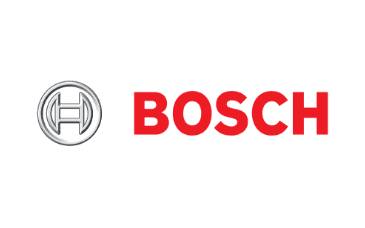
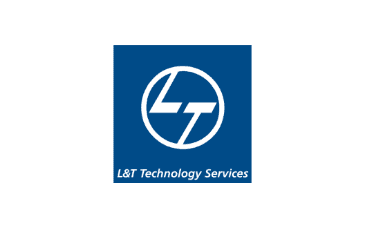
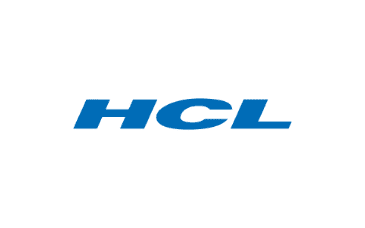

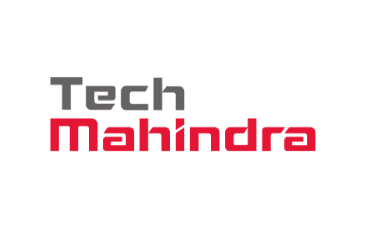
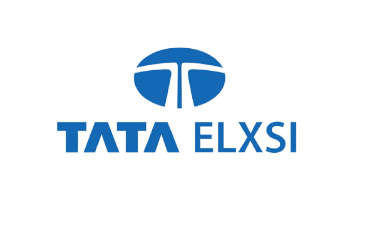
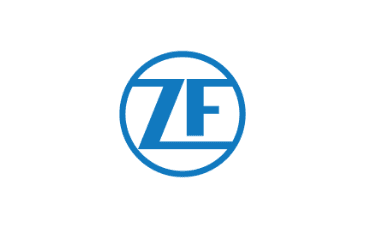

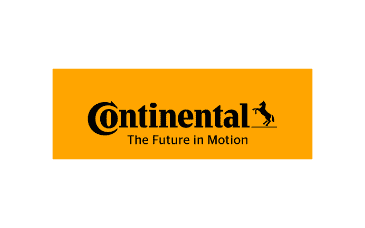
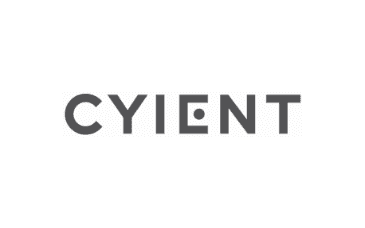

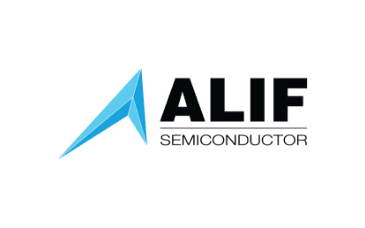

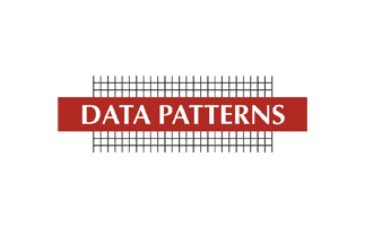
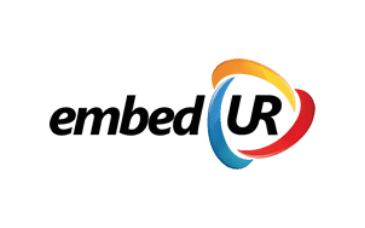
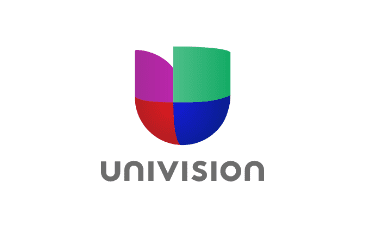
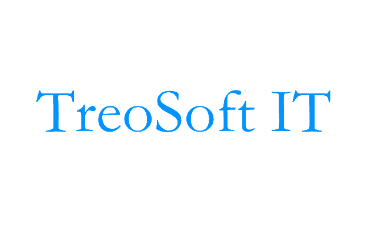
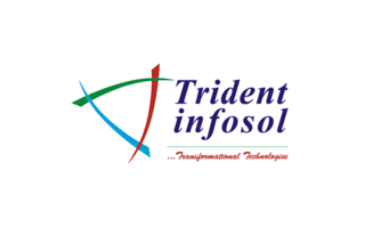

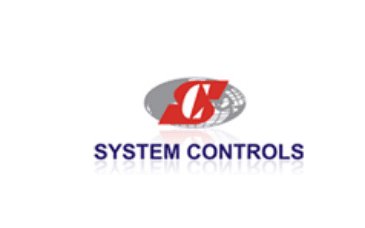
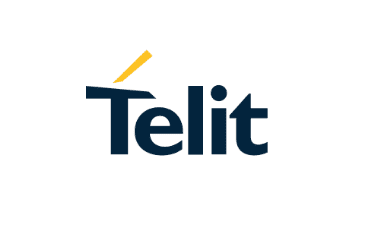
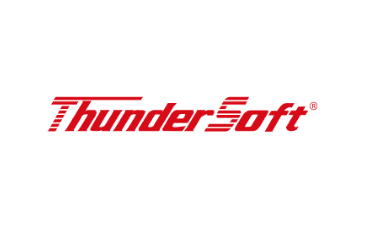
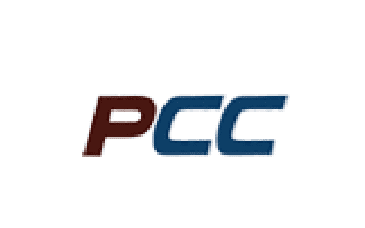
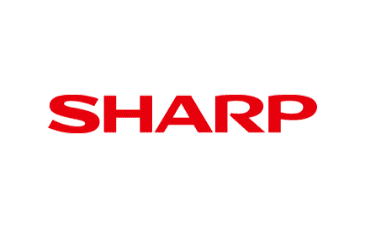

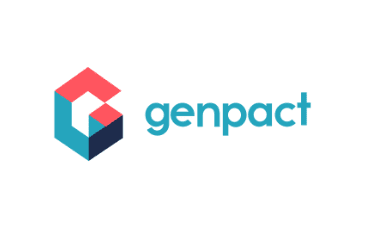
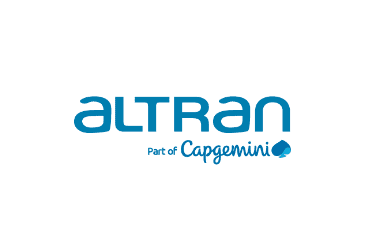
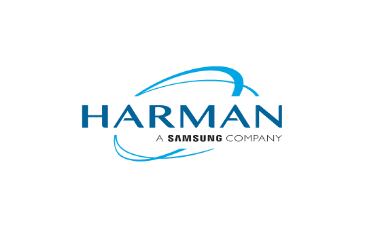

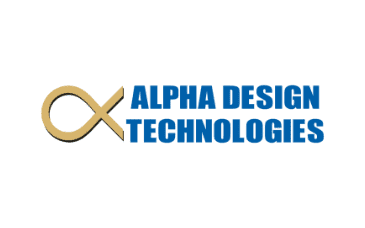
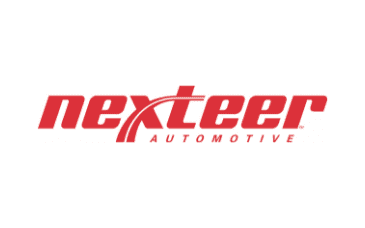
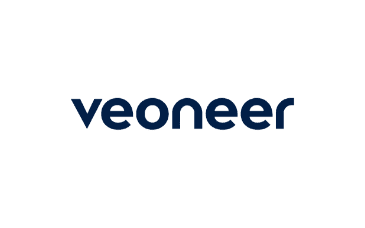
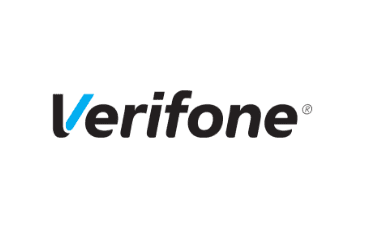


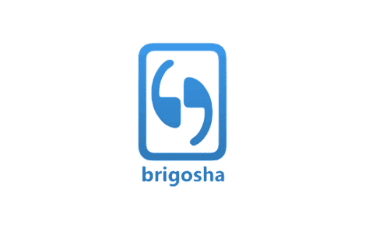

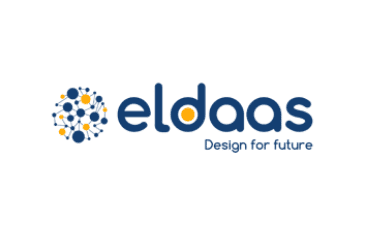
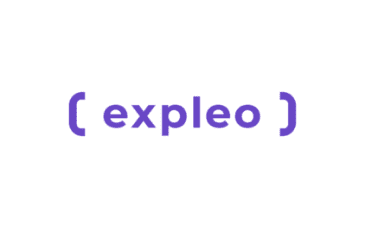
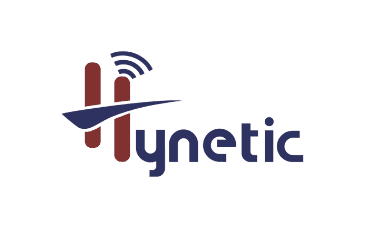
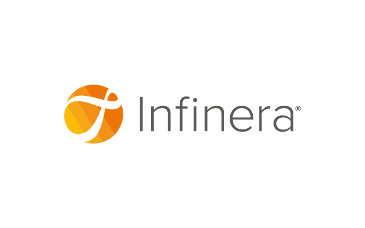
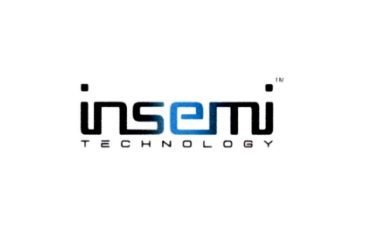
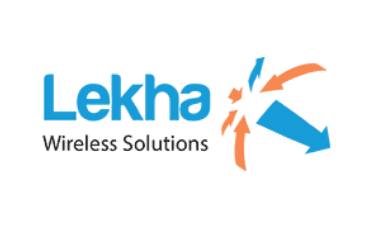
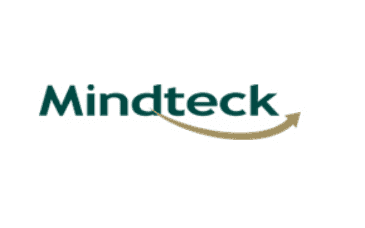
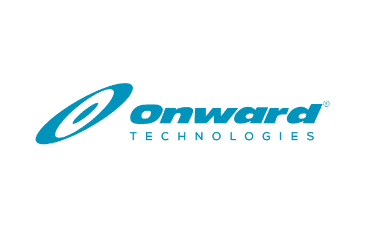

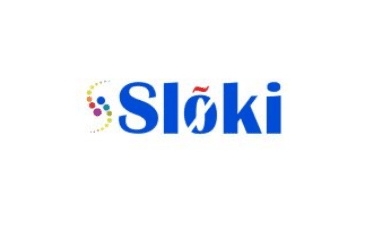
Embedded Course FAQs
How is the Embedded Systems Course at Cranes Varsity in terms of placement?
Cranes Varsity is a pioneer in providing Embedded Systems Courses for more than 24 years, Our Placement process starts from the 3rd month of the training. Here we provide additional training on Soft Skills, Aptitude Training, and Interview Readiness Programs to ensure the candidates crack the interview easily.
Are there any entrance examinations accepted to get admission in Embedded Systems Training in Cranes Varsity?
Yes, Candidates undergo an online entrance test to seek admission in Embedded Systems Training. For more information contact the Counseling Team at 9620829666.
What is the guarantee of placements for Embedded Systems?
All the programs trained at Cranes Varsity are 100% Job Assured. Candidates must have 60%-70% aggregate both in academics & POP training to provide placement. Our Principle-“We assist until we place”.
When is the placement process for this online Embedded Training Program?
Placement process remains same for both Online & Offline students i.e. Transition to placements after 2 months of basic Programming on C/C++ and RTOS/ARM and Mock tests on Technical/Aptitude /Interviews.
Testimonials
- CertificateYes



